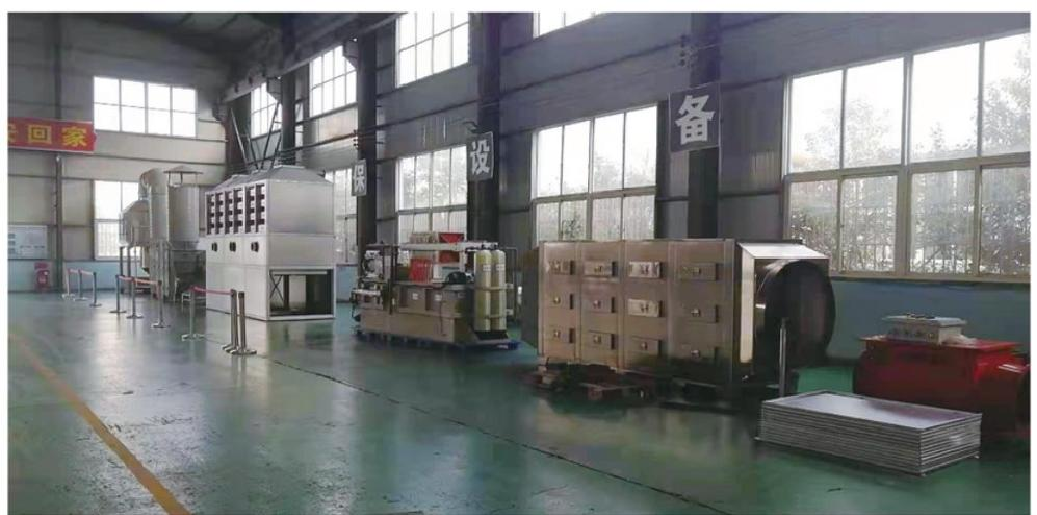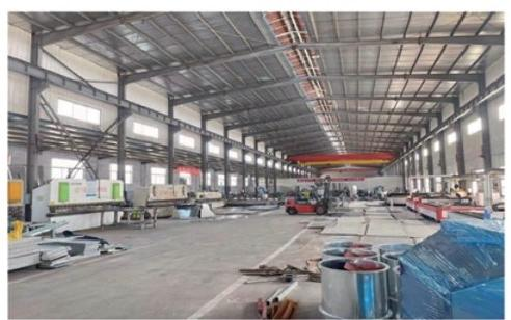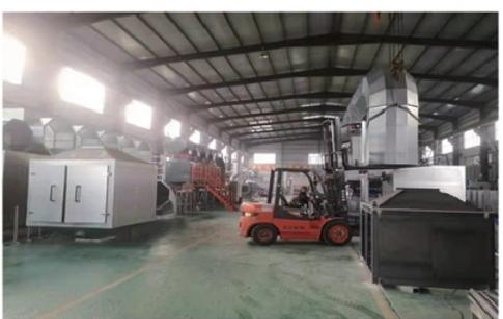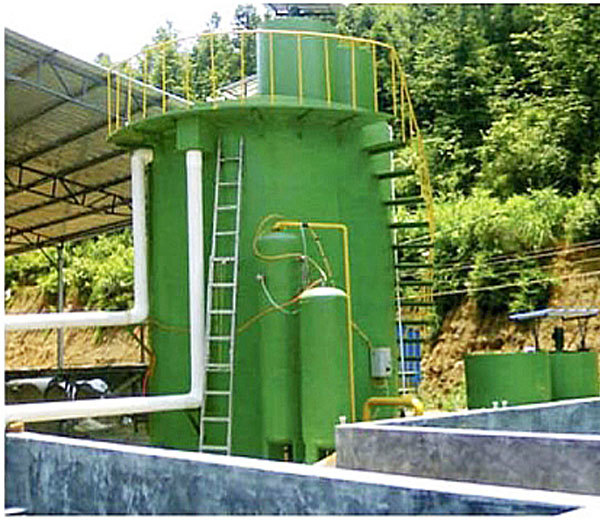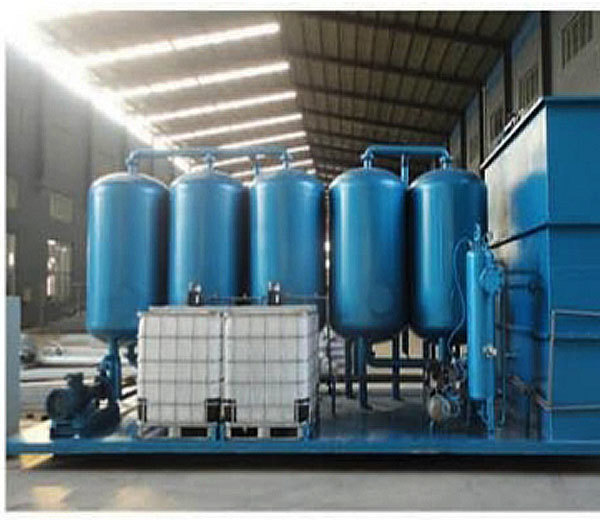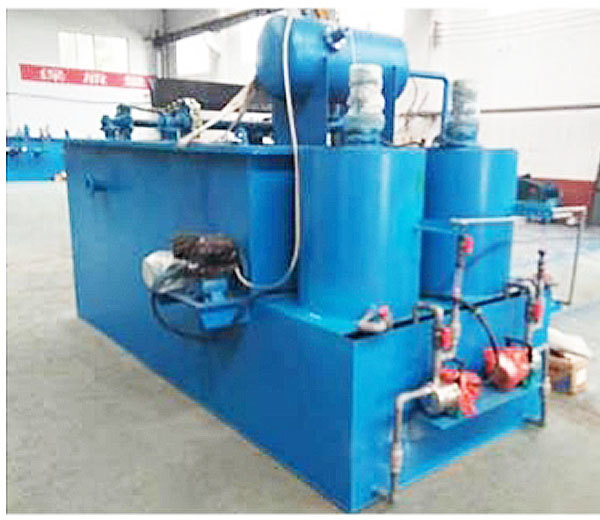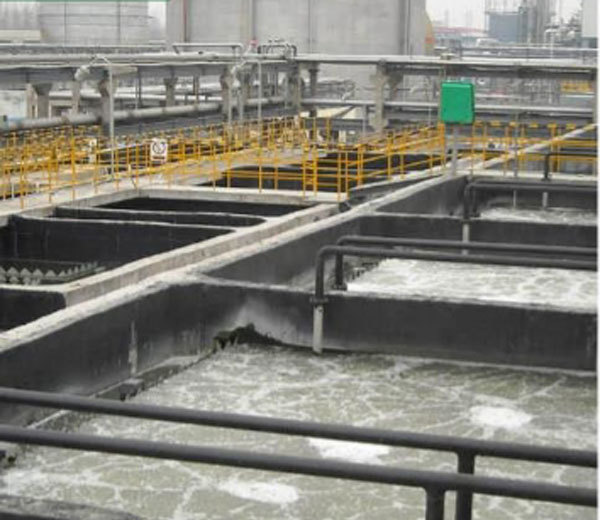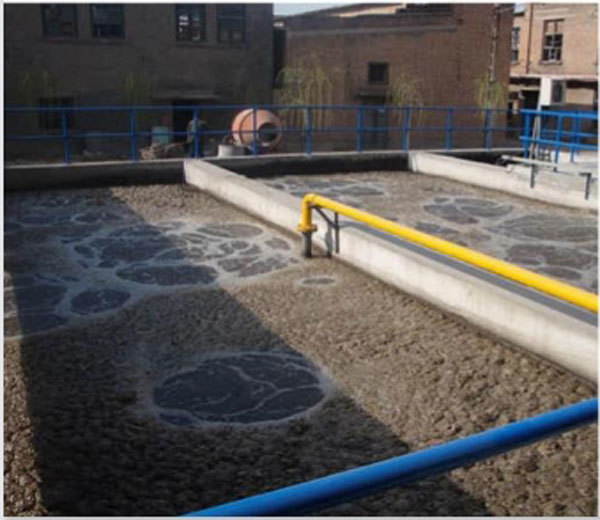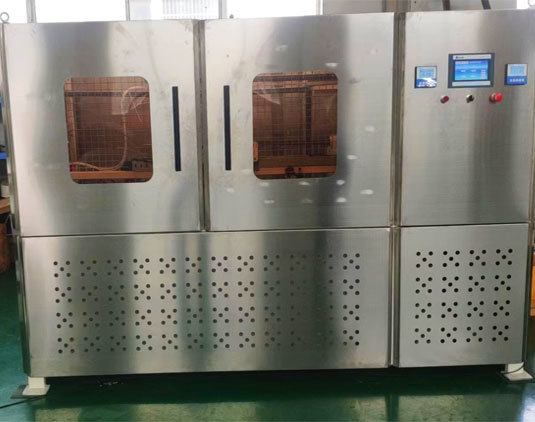
CO catalytic combustion equipment
Key words:
Biochemical treatment equipment
Flotation equipment
Classification:
CO catalytic combustion equipment
性 能 特 点 /The Peromance characterstics of
● The equipment adopts the combined process of adsorption concentration catalytic combustion purification. The whole system realizes purification, activated carbon regeneration and PLC automatic control. Compared with other organic adsorption towers, it does not need the replacement cost of compressed air, water source, steam and activated carbon, which greatly reduces the operation cost and no secondary pollution in the operation of the equipment.
●The catalytic combustion chamber adopts the precious metal catalyst of ceramic honeycomb body, which has low resistance and high activity, and can maintain spontaneous combustion.
The use of microcomputer centralized control system, equipment operation, system detection, operation process automation, operation process is stable and reliable.
● The safety facilities are complete, and the equipment is equipped with functions such as temperature monitoring, over-temperature alarm, over-temperature disposal, dust prevention and fire prevention, over-pressure and explosion relief to ensure the safety and reliability of the whole system.
Application Industry/Application industry
It can be widely used in the painting of automobiles, shipbuilding, motorcycles, bicycles, household appliances, container production plants, and the purification of organic waste gas in the painting workshop. It can also be used with shoe-making glue, printing iron cans, chemical plastics, printing inks, Cable, enameled wire and other assembly line supporting equipment.
processing object/Processing objec
Benzene, toluene, xylene, tribenzene, hydrocarbon, alcohol, ether, phenol, ester and other VOCs gas
Technical parameters/techical parameter
| Equipment Name | Model | Processing air volume | Size of activated carbon adsorption box | Honeycomb activated carbon volume (m | Catalyst filling amount (block) | CO furnace power | Main fan equipment power W | Desorption fan KW | Combination mode |
| Technical parameters of activated carbon adsorption desorption tower | BM-20000 | 10000- 17000m'/h | 1800*1800 2000 | 2.3-3.2 | 200 | 66 | 22-30 | 3 | 2-10000 -1 suction 1 standby |
| BM-40000 | 27000- 36000m³/h | 2100*2100 2000 | 3.6-4.8 | 240 | 72 | 37-45 | 3 | 3-10000 -2 suction 1 standby | |
| BM-60000 | 44000- 65000m³/h | 2100*2100 2000 | 6.4 | 240 | 72 | 55-75 | 3 | 4-10000 -3 suction 1 standby | |
| BM-80000 | 67000- 85000m³/h | 2500*2500 2200 | 11.5 | 360 | 81 | 75-90 | 4 | 5-10000 -4 suction 1 standby |
High efficiency dry filter
In order to prevent the moisture and dust particles in the exhaust gas from entering the adsorption purification device system, a primary filter is set in front of the activated carbon adsorption bed; a high efficiency filter. The primary filter adopts paint mist sticky filter, and the high efficiency filter adopts glass fiber filter material. This dry filter material is specially developed for air purification materials, which is composed of multi-layer glass fiber, and the density increases with the thickness. When filtering, multi-layer fibers intercept, collide, diffuse and absorb tiny particles, and the dust particles are contained in the material when the exhaust gas passes through.
Our company adopts imported special filter materials, which have the characteristics of high purification efficiency, large impurity capacity, flame retardant, low filtration resistance, long service life, simple maintenance, no secondary pollution, etc. The material full of dust particles can be reused many times after simple cleaning. The frame is made of metal mesh, the filter material is clamped inside, and the filter is installed in the metal box body and replaced regularly.
Adsorption purification device
The exhaust gas after removing dust impurities evenly passes through the flow section of the activated carbon layer in the fixed adsorption bed and has a certain residence time. Physical adsorption (also known as van der Waals adsorption) occurs due to the mutual attraction between the activated carbon surface and organic waste gas molecules. Its characteristics are:(1) the adsorbate (organic waste gas) and the adsorbent (activated carbon) do not react with each other,(2) the process proceeds faster,(3) the nature of the adsorbent itself does not change in the adsorption process, and (4) the adsorption process is reversible; the organic components in the exhaust gas are adsorbed on the surface of the activated carbon, so that the exhaust gas is purified, and the purified clean gas is discharged through the fan and the chimney;
Honeycomb activated carbon brick adsorption of organic solvents in the exhaust gas is very suitable. Activated carbon is hydrophobic and has a high adsorption efficiency for organic solvents. In addition, the honeycomb activated carbon brick has a higher specific surface area than other adsorbents, about 800-1200m/g. Therefore, in the purification of organic solvent waste gas, the use of honeycomb activated carbon brick as an adsorbent. The effect of gas temperature and concentration on the adsorption performance of activated carbon, under the condition of isothermal adsorption, the higher the concentration of harmful substances contained in the exhaust gas, the higher the adsorption rate of the honeycomb activated carbon brick; for different temperature of the exhaust gas, the lower the temperature of the exhaust gas, the higher the adsorption rate of activated carbon.
desorption-catalytic combustion
The adsorption bed that reaches the saturated state should stop adsorption and switch to the desorption state through PLC program control valve. The process is as follows: start the desorption fan, open the corresponding valve and electric heater, preheat the catalyst inside the catalytic combustion bed, and generate a certain amount of hot air at the same time. When the bed temperature reaches the set value, the hot air is sent into the adsorption bed, and the activated carbon is heated to analyze high-concentration organic gas, which is introduced into the heat exchanger, the reentry heating chamber heats the gas to the light-off temperature required for catalytic combustion and enters the catalytic combustion bed. Due to the action of the noble metal catalyst, the starting temperature of the exhaust gas combustion is about 250-300°C, which is much lower than the combustion temperature of 670-800°C of the direct combustion method, so the energy consumption is much lower than that of the direct combustion method. Under the action of the catalyst, the organic components are converted into non-toxic and harmless CO2 and H₂ O, and a large amount of heat is released at the same time. The high-temperature gas enters the heat exchanger again to preheat the analyzed high-concentration exhaust gas, which can maintain the ignition temperature required for catalytic combustion, so that the exhaust gas combustion process basically does not require additional energy consumption (electric energy), and part of the heat is reused for desorption and regeneration of activated carbon in the adsorption bed, this greatly reduces energy consumption.
Catalyst
A catalyst is a substance that can change the degree of reaction in a chemical reaction while its composition and weight remain unchanged after the reaction. The catalyst type selected in this device is a high-efficiency broad-spectrum catalyst for treating various types of organic waste gas. The catalyst honeycomb ceramic carrier, impregnated with precious metals platinum and palladium, has the characteristics of high activity, high purification efficiency, high temperature resistance and long service life;
Production real shot at a glance
Related Products
Get a Product Quote
Jingshan Haojie Intelligent Environmental Protection Machinery Technology Development Co., Ltd.
Contact: Mr. Dong+86-13928844138 +86-13774077867
E-mail:1017645596@qq.com
Address: Industrial Plant in the Western Half of Building E2, Intelligent Industrial Park, Jingshan Economic Development Zone, Jingmen City, Hubei Province
Official website:http://en.haojie668.com/
Focus on us

Sweep Code Add
Copyright©2024 Jingshan Haojie Intelligent Environmental Protection Machinery Technology Development Co., Ltd.


